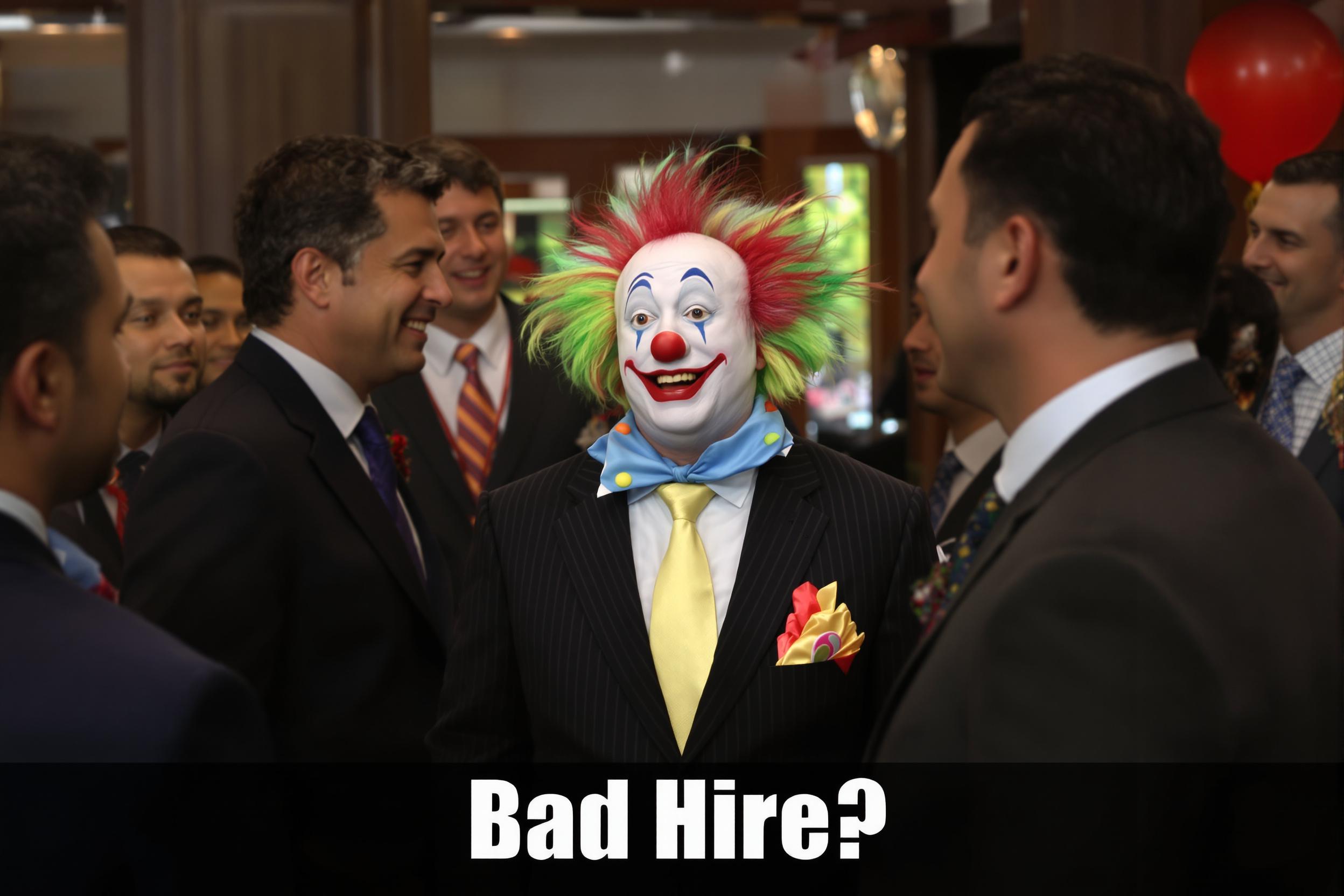
Break-Away Props
Break-Away Props are specially designed objects used in movies, theater, and TV shows that are made to safely break or shatter on impact during action scenes or stunts. These props look like real objects (like bottles, chairs, or tables) but are crafted from special materials like sugar glass, foam, or breakable resin to ensure actor safety while creating realistic visual effects. They're essential for scenes involving fights, accidents, or dramatic moments where objects need to break without causing injury.
Examples in Resumes
Created Break-Away Props for major action film sequences, including glass bottles and furniture
Designed and manufactured Break-Away set pieces for theater productions
Supervised team of artists in creating Break-Away Props and Breakaway Furniture for television series
Typical job title: "Prop Makers"
Also try searching for:
Where to Find Prop Makers
Industry Organizations
Online Communities
Job Resources
Example Interview Questions
Senior Level Questions
Q: How do you manage safety considerations when creating break-away props for complex stunt sequences?
Expected Answer: A senior prop maker should discuss risk assessment, material selection, multiple testing phases, coordination with stunt coordinators, and ensuring props break consistently and safely every time.
Q: How do you handle budget constraints while maintaining prop quality and safety?
Expected Answer: Should demonstrate knowledge of cost-effective materials, efficient production methods, and ability to balance budget requirements with safety and visual quality needs.
Mid Level Questions
Q: What materials do you typically use for different types of break-away props?
Expected Answer: Should be able to discuss various materials like sugar glass, breakable resins, foam composites, and when each is appropriate based on the specific prop needs and shooting conditions.
Q: How do you ensure consistency when making multiple copies of the same break-away prop?
Expected Answer: Should explain molding techniques, quality control processes, and methods for ensuring each prop breaks in the same way for multiple takes.
Junior Level Questions
Q: What safety precautions do you take when creating break-away props?
Expected Answer: Should mention basic safety considerations like avoiding sharp edges, proper material handling, and importance of testing props before use.
Q: How do you make a basic break-away prop look realistic?
Expected Answer: Should be able to explain basic finishing techniques, painting methods, and how to match the appearance of real objects.
Experience Level Indicators
Junior (0-2 years)
- Basic prop making techniques
- Understanding of safety materials
- Simple mold making
- Basic finishing and painting
Mid (2-5 years)
- Advanced molding techniques
- Multiple material types expertise
- Prop testing procedures
- Budget management
Senior (5+ years)
- Complex prop design
- Team supervision
- Safety protocol development
- Project management
Red Flags to Watch For
- No knowledge of safety protocols or materials
- Lack of experience with different break-away materials
- No understanding of production timeline requirements
- Poor documentation of safety testing procedures
Related Terms
Need more hiring wisdom? Check these out...

Breaking the Mold: The Unseen Power of Building a Diverse Leadership Team

Stop the Turnover Epidemic: Proven Tactics Every HR Leader Must Know

Bad Hires Got You Down? 9 Unexpected Tactics to Turn Your Hiring Disasters Into Wins

